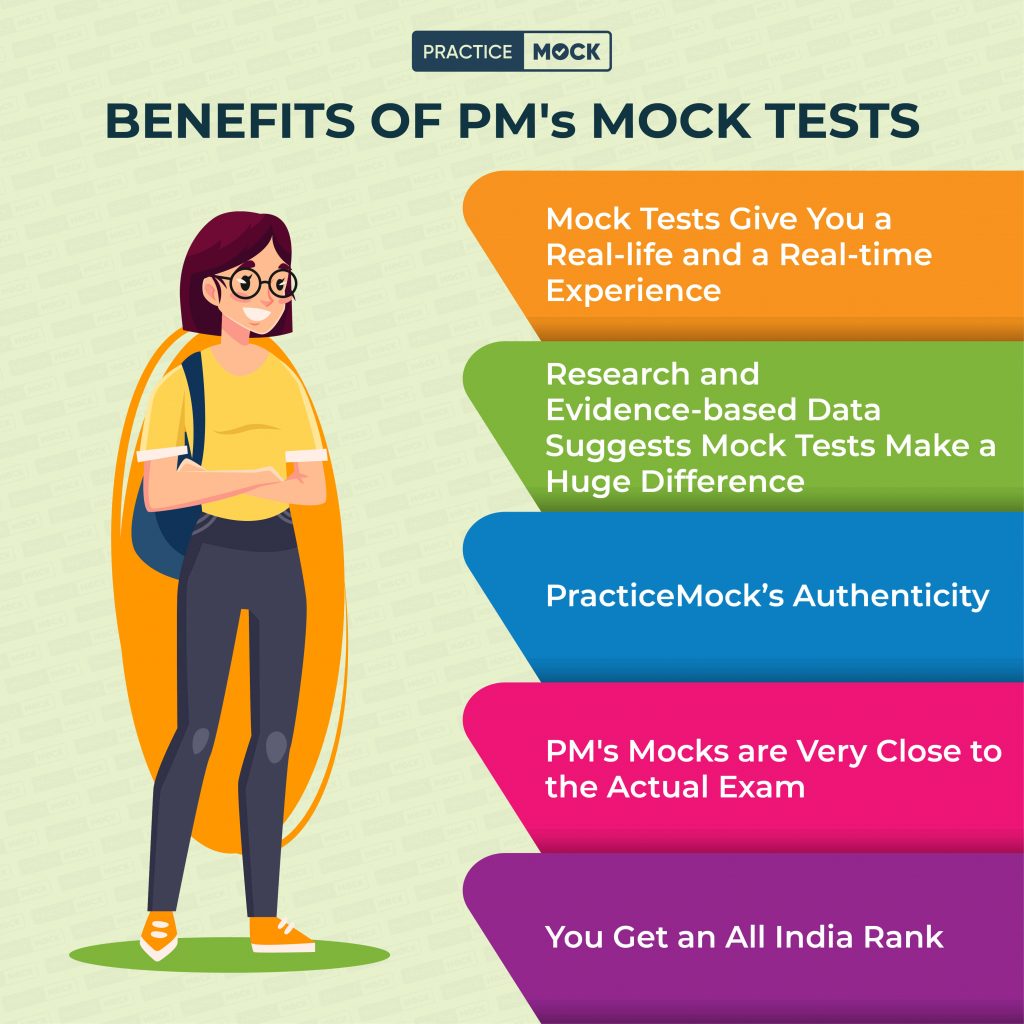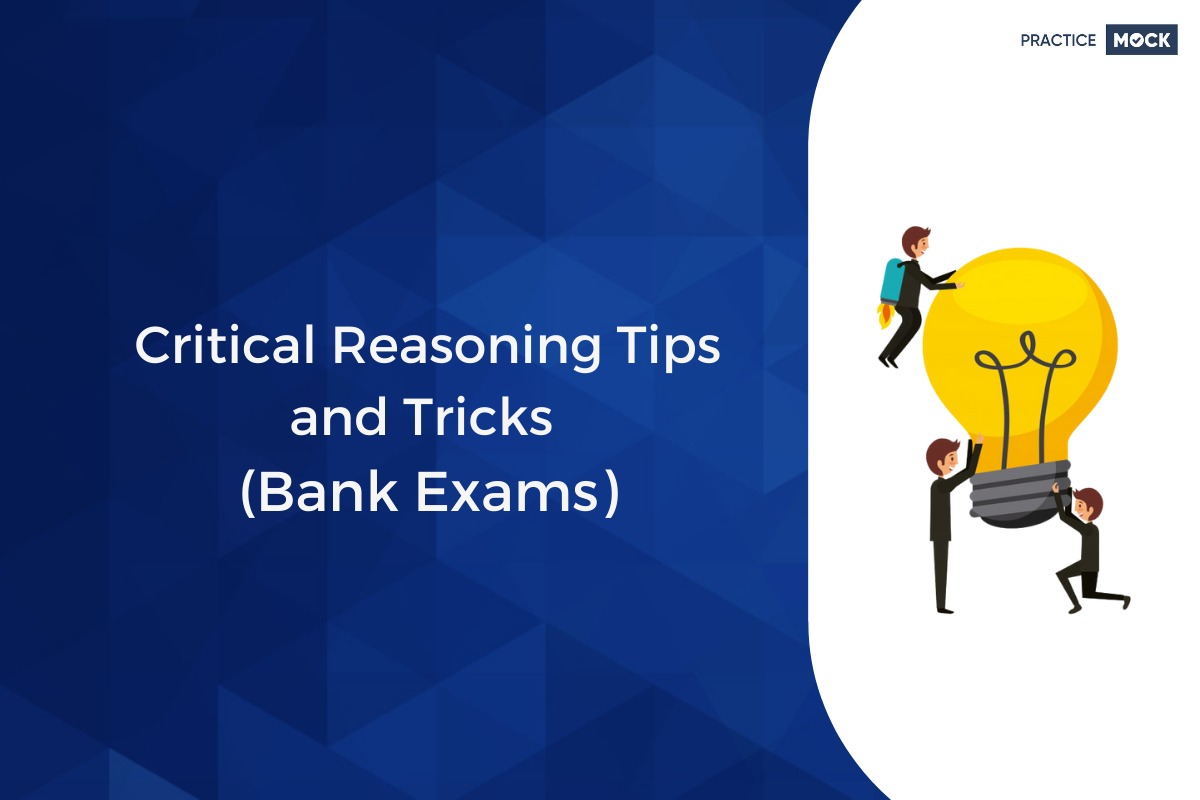Critical or logical reasoning is a topic or a section that isn’t popular among the aspirants, but questions are nearly asked in almost every banking exam. Many students find them complicated, but knowing the concepts, type of questions, and solving methods can make your journey easier.
The aim of any examiner for asking a critical reasoning question is to test your skills in making, analysing, and performing an evaluation of arguments. A question contains nearly 100 words like short or mini passages and is followed by a question with multiple answer choices.
Take a FREE SBI PO mock test today
What are CR-based questions?
The critical reasoning questions are also theme-based, just like reading comprehensions. So, for example, a question can be asked from various subjects related to economics, science, sports, politics, etc.
No other information is provided apart from the CR passage. And anyway, you would have to use common knowledge for the information that isn’t given in the CR passage. For example – the CR passage given is related to playing cards. The passage will have certain information, but at the same time to deduct the answer, you might need the extra knowledge of how many cards are there in a deck? Although this information isn’t provided, the examiner expects that you know that there are 52 cards present in a single deck.
The author of the CR passage always assumes that arguments made by them are 100% sound, logical, or correct, no matter what the argument is written. So now, somebody who is writing the paper has to parse the argument. The word ‘parse’ means to resolve a sentence into its component parts and describe its syntactic roles. In short, you will have to make out – what conclusion has the author reached?
In order to solve these questions, you don’t need to be a master of common knowledge, but you need to pay attention to every small detail, avoid cognitive biases, and empower clear thinking.

Critical Reasoning Tips – How to approach CR questions?
The CR questions are pattern-based and require relative efficiency. Here is the four-step approach you can implement every time for solving CR questions.
Step 1 – Understand the question and the given information thoroughly
The most important part of solving a CR question is to read the question very well. If you don’t make sense of the statements, you will not derive the author’s conclusion. No action should be taken before reading the whole question. You will have to think about the possible assumptions/outcomes/conclusion of the case once you have read the question.
And in a special case where you don’t understand the question, it’s better that you leave it because you might get the answer wrong certainly. So move onto the next question.
Step 2 – Breakdown the information to pick up various bits of information
Identify what the facts given in the case are. Two ways you can identify facts are:
A fact in such a situation should either be backed by the data given in the case,
or you can apply common knowledge for established or universal truths to conclude it as a fact. Identifying the facts is the most straightforward task in a CR question.
Now, next, you can pick out the premises (happenings before the argument) followed by inferences (derived meanings), actions, and assumptions (supposed to be true/valid/reasonable.)

Step 3 – Identify what is being asked by the question
- Avoid redundant information – with practice, you will be able to identify useless information that distracts you from the actual question.
- Identify the precise information that is being asked (the crucial step which decides if you will get the answer wrong or right)
- Now, finally, select whatever piece of information (obtained from the previous step) supports (or opposes) that (as asked in the question.)
Step 4 – Eliminate answer choices/options one by one to come to the right one
This step becomes easy if you have followed the second and third steps correctly because you have the required information in hand.
- Elimination works fine when the required information is known to you.
- When eliminating any answer, you should know why you are doing so. Elimination of each answer should be based on a valid logic/reason. They should be irrelevant than the information asked.
The four-step approach on critical reasoning tips will help you immensely.

Conclusion
CR questions will always be tricky if you haven’t given the time it needs for practice. It’s advised to follow a time tested and a proven methodology. The above-mentioned four step process covers it all. You can even take free mini mock tests or quizzes for getting good at CR questions. Leaving questions you can’t understand is considered a wise move. Doing so avoids the risk of negative marking.
You can also find daily exam updates and critical reasoning tips posted on our official Facebook page as well.
Still, have some doubts about what we discussed in this blog?
Then, leave your queries in the comment section below. We will surely respond to them.
You might want to subscribe to our push notifications for such daily valuable articles.

Take a FREE SBI PO mock test today
- Sign Up on Practicemock for Updated Current Affairs, Free Topic Tests and Free Mini Mocks
- Sign Up Here to Download Free Study Material
Free Mock Tests for the Upcoming Exams
- RRB PO 2024 Free Mock Test
- RRB Clerk 2024 Free Mock Test
- SSC MTS Free Mock Test
- SSC CHSL Free Mock Test
- SSC CGL Free Mock Test
- GATE Mechanical Free Mock Test
- GATE Civil Free Mock Test
- NABARD Gr. A Free Mock Test
- SBI Clerk Mains Free Mock Test
- SSC CPO Free Mock Test
- AFCAT Free Mock Test
- CAT Free Mock Test
- NIACL Assistant Free Mock Test
- UIIC AO Free Mock Test
- UIIC Assistant Free Mock Test
- GIC Assistant Manager Free Mock Test
- NICL AO Free Mock Test
- Free SSC Live Test
- UPSC CSAT Free Mock Test
- CDS-I Free Mock Test
- RRB ALP Free Mock Test


